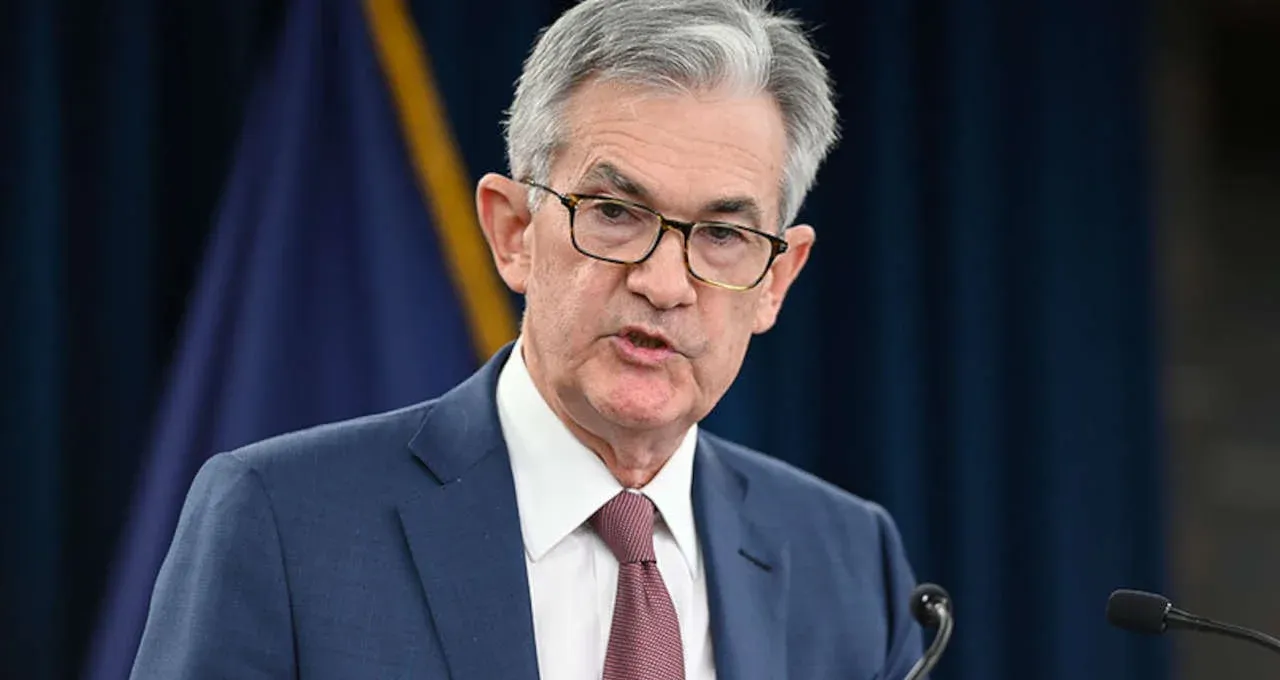There are signs that the financial market is coming around to the idea that the Federal Reserve really does mean what it says about controlling inflation and is serious about it. During his testimony to Congress this week, Federal Reserve Chair Jerome Powell stated that since the central bank raised rates by 25 basis points to a range of 4.5% to 4.75% last month, inflationary pressure had been stronger than expected. After his hawkish comments on Friday, investors are expecting a 50-point rate increase at the Fed's next policy meeting in two weeks' time - and for the moment, any doubt about the Fed's commitment to getting inflation back to 2% has been dispelled.
That's all good news. The more the Fed is believed, the easier it will be for it to do its job.
There has been a recent shift in market expectations that have questioned the Fed's commitment to its programs. Several analysts had expected the Federal Reserve to indicate in its most recent policy projection that interest rates would move lower than the Fed indicated in its most recent projection. It would seem that investors have either assumed that inflation will subside sooner than the Fed predicted, or they have assumed that officials are bluffing about their willingness to press harder on the brakes if necessary. Powell's new message coupled with recent data put a stop to both claims.
The Fed surely wouldn't have chosen a smaller 25-point increase last time if it had known what was coming in February and what was to come in March. The subsequent data showed a buoyant consumer demand and an even more startlingly high rate of job creation. Although supply-chain bottlenecks connected to the pandemic have eased somewhat, the Fed's preferred measures of inflation - core and "super core" PCE - both accelerated. The core inflation rate, despite the special factors and the fluctuation from month to month, is now over double the Fed's target rate despite special factors and volatility every month.
It is no longer a matter of pandemic disruptions but rather an oversupplied labor market and an overly tight labor market that is causing the problems. Despite the fact that the number of job openings and labor turnover has decreased slightly, there still appear to be almost two vacancies for every unemployed worker, according to this week's report. There is some indication that there might finally be a turning point in the jobless situation in the coming weeks, but so far, it hasn't happened. With a labor market as hot as this, it is unlikely that wages will be slowed down enough to bring inflation back to 2% in a reasonable amount of time.
A soft landing is still one of the hopes of the Fed. Despite everything, there is a good chance that it will succeed. A slightly higher path for interest rates — with a projected terminal rate of maybe 6% rather than the 5% that was previously regarded as likely — may be enough to cool the labor market and push inflation down without an outright recession as long as investors think the Fed will do what’s required of it. Nonetheless, there is no guarantee that the central bank can achieve this, least of all if it allows investors to question the central bank's resolve for doing so.
For the time being, Powell's forceful message this week has proven to be helpful. His main point was that there would be more data before the next meeting and that the Fed would need to keep an open mind - but he also emphasized that if there is no clear sign of subsiding pressure by then, another 50-point increase in the policy rate will be warranted, along with a promise of more to come if needed.
The next challenge to Powell's credibility will only be a matter of time before Powell and his colleagues have to brace themselves for what is sure to be a large challenge. In times of tighter policy, as prices begin to moderate in response, they will be told that an inflation rate of 3% will do and that lowering it all the way to 2% isn't worth the risk of tanking the economy by going down that low. There needs to be a willingness on the part of the Fed to discuss how quickly inflation returns to target, a decision that requires judgment on its part. The target should not even be considered when it comes to raising it. Even a hint of this would make the monetary policy target an upwardly movable floor, shatter the credibility of the central bank, and make monetary policy even more challenging than it already is.
There has been a reluctance among investors to take the central bank at its word. There has to be an end to that. It is now time for the Fed to take a firm stance from now on.

Subscribe to our newsletter!
As a leading independent research provider, TradeAlgo keeps you connected from anywhere.








